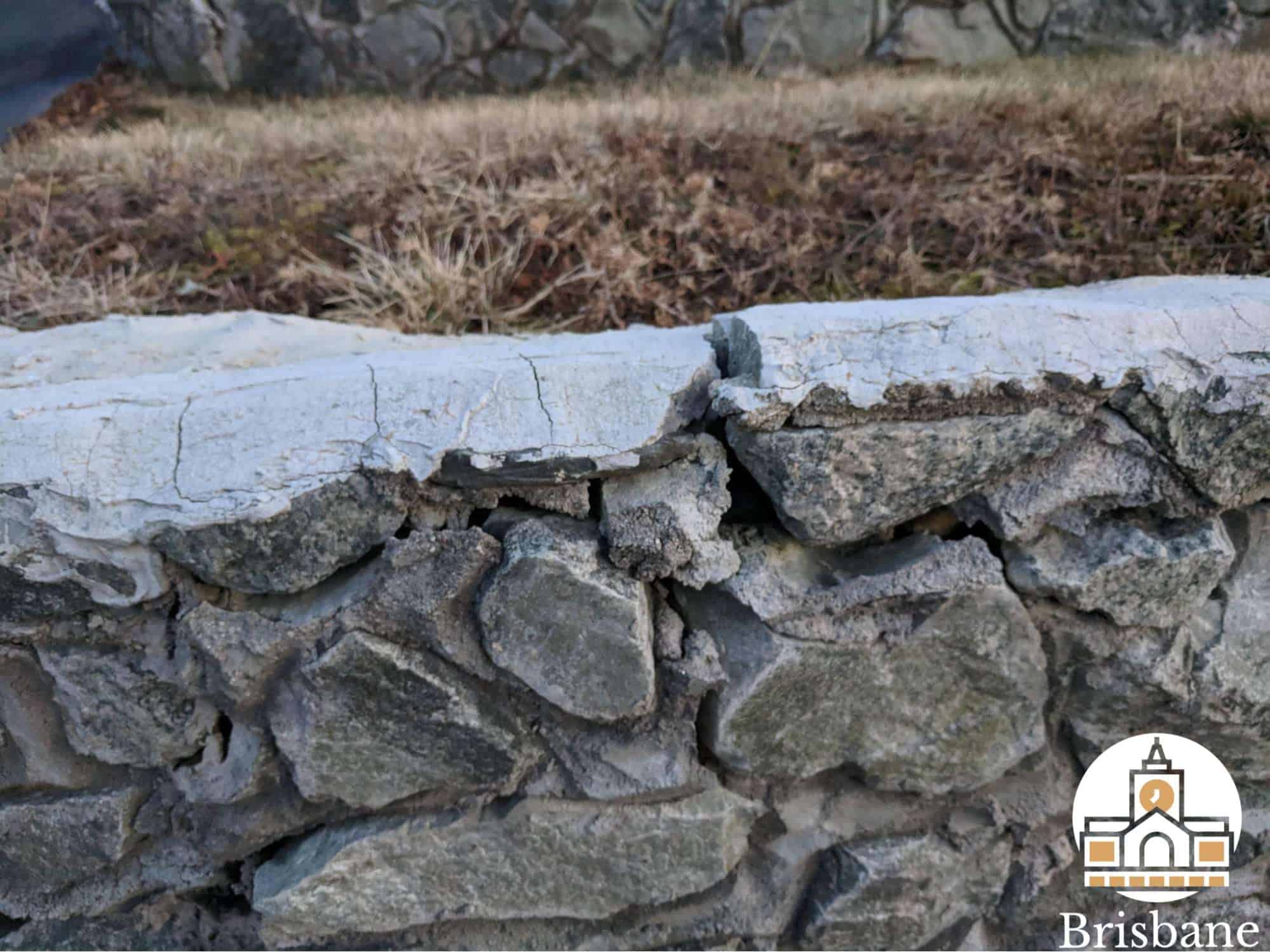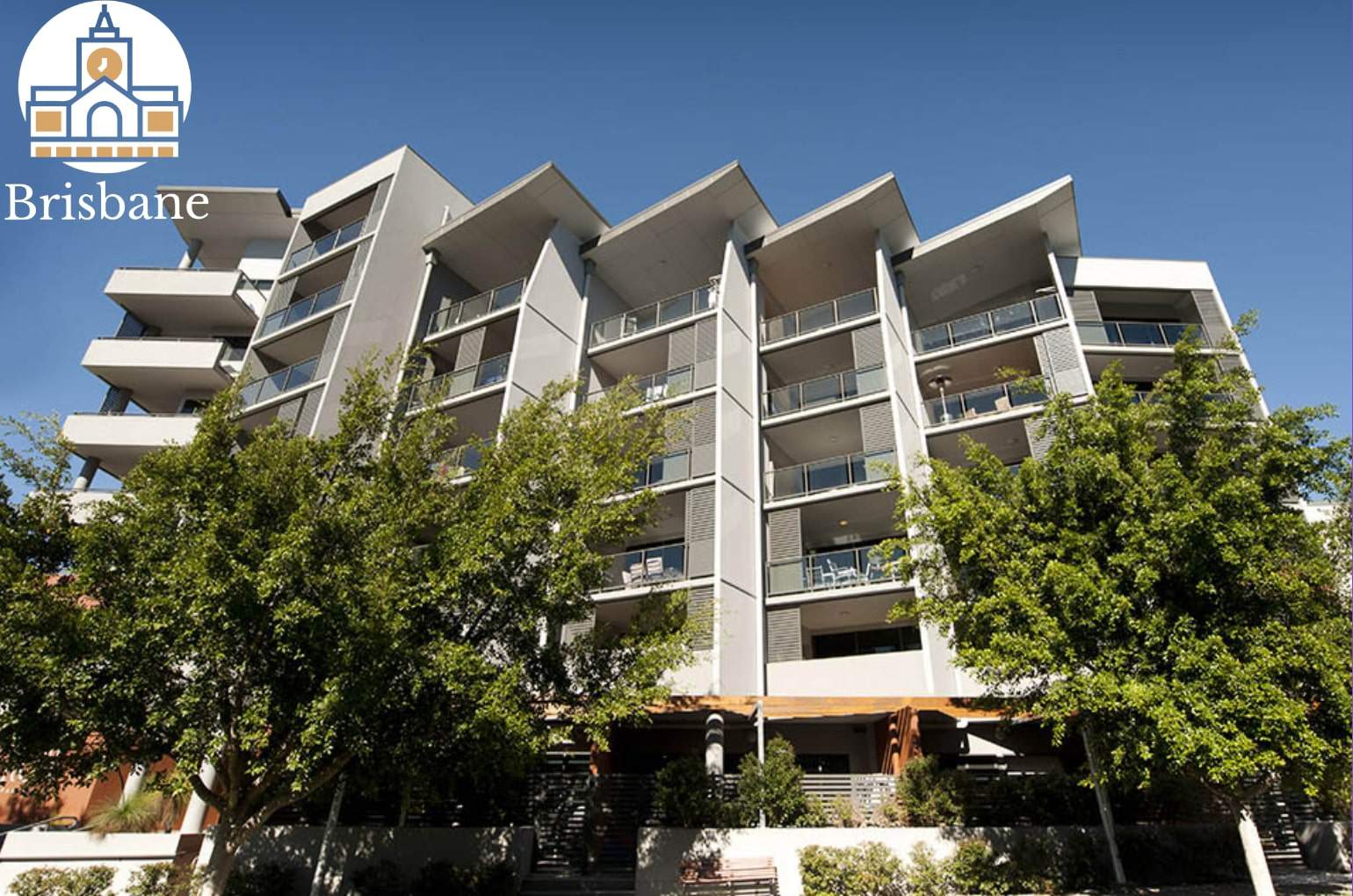Categories > Guides and Tips

When to Fix or Replace my Retaining Wall
- Reasons Why a Retaining Wall Fails
- How To Spot a Well-built Or Poorly-built Wall
- How do you know if you should fix or replace your retaining wall?
- Fixing a Retaining Wall
- Replacing a Retaining Wall
- Tips for Removing and Installing a Retaining Wall
- Materials
- How much does it cost to replace a retaining wall?
- Contacting Professionals
A retaining wall is a solid barrier, strong enough to support soil laterally, preventing it from moving downhill from erosion. Brisbane homeowners often rely on retaining walls to reduce soil failure, or even create an elevated sitting spot.
Because of its primary purpose of holding soil in place, a retaining wall is bound to various environmental factors that result in wear and tear.
Typically, cracks are the initial sign to watch out for. Once these cracks start to spread and become more noticeable each day, then your wall needs to be fixed as soon as possible.
However, there may be other deeper underlying issues concerning your retaining wall, thus requiring professional inspection for a possible replacement.
Reasons Why a Retaining Wall Fails

Essentially, retaining walls fail because they are not able to keep the load that is forced against them. This may be due to the combined weight of water and soil, which can cause damage over time.
Poor drainage can also be a culprit. If water can’t seep out easily, then it will probably start forcing its way out, making the soil behind the walls even heavier.
It’s also worth noting that use of incorrect building materials, such as softer stones, will more likely cause retaining walls to crumble.
Retaining walls can also be damaged due to construction errors, such as faulty calculations and poor grouting, just to name a few.
How To Spot a Well-built Or Poorly-built Wall
First, let’s differentiate a retaining wall in good condition from a poorly-built one. It’s better to know this from the get-go so we would know the best option before we proceed.
Poorly-built retaining wall

You will know that a retaining wall needs repair once it shows a shallow, imbalanced footing. A lean is pretty evident in poorly-built retaining walls, too.
There will also be noticeable cracks, which are usually wider than a quarter-inch. The concrete may also show some heavy peeling or spalling.
Well-built retaining wall

Meanwhile, a retaining wall in great condition is strong enough to support the lateral load and will not show any significant lean.
A well-built one has multiple benefits – preserving landscape features, preventing structures from soil eroding and creating leisure outdoor spaces.
While a retaining wall is essentially hardy, choosing the right style, materials, and construction will significantly contribute to building a sturdier and tougher one.
How do you know if you should fix or replace your retaining wall?
We know how well-built retaining walls transform unusable inclines into functional outdoor space. There are several signs and factors to consider before we decide if a retaining wall requires a simple fix or a complete build from scratch.
Nonetheless, make sure you comply with the city’s building codes and ordinances. Building inspectors can assist in checking the water flow and possibly buried electrical lines in your backyard.
Fixing a Retaining Wall
When fixing a retaining wall, it’s important to verify if the structural integrity can survive a repair and sustain it. Once you’re sure that your wall can handle a little fixing, here are a few suggestions on how to go about it.
Material

Check the material used in building the retaining wall. Some materials have the capacity to last longer than the others.
For instance, a retaining wall that is made of bricks will last much longer than the one constructed using wood materials.
If your retaining wall is made of wood, have it inspected for any signs of rotting. There’s also a high probability that a retaining wall made of wood is bound to be replaced eventually.
Though wood looks aesthetically beautiful, it’s not one of the most reliable materials for outdoor use. This type of material can also attract bugs, which leads to infestation.
In a nutshell, water damage, bug infestation, and rot all jeopardize the strength of a retaining wall. We suggest replacing your wood retaining wall using more durable materials.
Soil check

A retaining wall can only hold a certain amount of pressure. It will usually bow out or get pushed away from the base when there’s improper drainage.
Like houses, retaining walls need a solid foundation and it’s highly advisable to inspect the soil’s condition after a rainfall. If the soil’s consistency appears to be soupy, your retaining wall may not be draining properly.
If the water damage is not serious enough to justify a replacement, try adding weep holes to the retaining wall. You can also prepare a path with proper drainage to encourage good flow of water.
For more expansive damage, replacing it would be the smartest move. Find a trusted landscaper to help you build a more solid foundation.
Uprooted trees

Once you’ve noticed roots coming out of the soil, this is your sign that your retaining walls are starting to lose their battle against gravity.
When this happens, contact a structural engineer and landscaping professionals to inspect the area further. They will determine if your retaining wall can still handle a repair or if it already needs to be replaced.
Crumbling stones

Crumbling stones can be fixed and don’t automatically need your wall to be replaced.
First, check if the footings are sturdy enough to serve as a foundation. Next, inspect the stones that may need some replacing. This will help your newly fixed retaining wall to look better, and of course, to last longer.
Note how the stones are put together, too. This way, you can rebuild your wall at least closer to how it once was.
Still, thoroughly inspect the subgrades. Check if there are other factors, such as tree roots that may be contributing to the problem.
Compact the subgrade to ensure that it won’t shift, causing problems moving forward.
Minor cracks

Check if your retaining walls only have minor cracks. You can fix this by applying a concrete mix to seal those cracks.
While these are signs of a more serious structural issue, it can also be repaired using stabilising materials, like cement.
However, once you’ve noticed a significant lean away from the base, then it’s time to replace your retaining wall.
Replacing a Retaining Wall

If your retaining wall cannot survive a repair, building a new one can be your best bet.
There are signs to watch out for if your retaining wall is finally telling you that it’s bound to give up. These include:
Bowing walls
The wall is probably telling you that it’s holding more weight than usual.
Leaning walls
Leaning walls can happen if the footing is not adequate to hold the structure. It also tells you that your wall has not been properly strengthened.
Crumbling and cracked walls
Huge cracks or crumbling on your retaining walls indicate that it’s bound to break. Prevent further damage or even possible accidents by replacing your wall altogether.
Water leakage
Seeing water seep through the wall is a sign of a drainage problem. A proper drainage system can help limit further damage later on.
Tips for Removing and Installing a Retaining Wall

If replacing the retaining walls is your final bet, here are some helpful tips:
Removing a retaining wall
- Work slowly to ensure minimal disruption to the soil.
- Removing big walls can be a little challenging due to the added weight of soil. In this case, it may be best to remove the soil and dirt behind first before proceeding.
- Proceed to removing concrete or bricks once soil and dirt have been removed. Safely remove the retaining wall soon after.
Installing a retaining wall
- Start with the foundation. Whether it’s concrete or brick, it should be one third the height of the entire wall.
- Build the wall and make sure to place gabion baskets to tie them all together.
- Lay the first row of bricks until you reach the desired height.
- Add the essential features needed to support the new wall, such as proper water drainage.
- Wait for a few days until the materials have settled on your new wall. Apply backfills as deemed necessary.
Materials
There are several retaining wall options to choose from based on the considerations mentioned above. Here a few recommendations:
Concrete
Using concrete for the construction of the retaining wall requires some help from well-trained professionals due to its complex nature.
Highly valued for their stability and strength, concrete retaining walls undeniably require precise construction methods.
When properly installed, this type of material offers more room for customisation than the other retaining wall materials.
Concrete retaining walls can be coloured, textured, or even accented with other materials. With this, it’s best to discuss decorative options with your chosen contractor.
Interlocking concrete blocks
This type of block is a mortarless solution, which comes in various styles and sizes.
Interlocking concrete blocks have a slightly tapered look with integrated connectors, which contribute to a retaining wall’s curved impression. Some interlocking concrete blocks also have flat units to cover the surface.
Constructing retaining walls made of this type of material will depend on the specifications of professional tradesmen, with high considerations on soil conditions and suggested wall height.
Brick, stone, or cinder block
Using these materials will make an aesthetically beautiful retaining wall. Using any of these materials would require masonry craftsmanship and quality construction.
Specifically, cinder blocks need additional textured facade to align with the natural appearance of the stone and the traditional appeal of a brick.
Pressure-treated timber
For a natural and rustic-looking retaining wall, pressure-treated timber is commonly utilised for construction. However, this type is not as long-lasting as the other construction materials.
How much does it cost to replace a retaining wall?
Aside from labour and materials, the size of the retaining wall will impact the overall cost. The average cost of retaining walls in Brisbane is around $250 per square metre.
Meanwhile, here are the average costs for labour and materials.
| Item | Estimated Cost Per Square Metre |
| Reinforced concrete blocks | $450 – $750 |
| Concrete besser blocks | $550 – $750 |
| Treated pine | $300 – $400 |
| Treated timbre hardwood | $300 – $400 |
Aside from this, there are still other considerations that will contribute to your running costs, such as permit fees and other local regulatory documents. On top of that, additional features and designs will also incur more costs.
Contacting Professionals

There are still a few concerns that you should consider when replacing a retaining wall, such as heavy trees, constructed fences, or even walls that divide the property.
The best option is to get trained professionals to build the right retaining wall for you.
Aside from focusing on the wall’s functional features, you can also use some expert advice from professional landscapers in the area.
Arrange a consultation with any of our recommended experts to help build your retaining wall, so you can focus on the other corners of your lawn.
To wrap it all up, you should repair your retaining wall if it can still sustain the minor fixes and if the cost is cheaper than to rebuild a new one. If you find your existing retaining wall to be irredeemable due to several factors, it’s time to replace it.
Remember though, whether your retaining walls need a quick fix or a total revamp, always consult a professional before making any decision.





